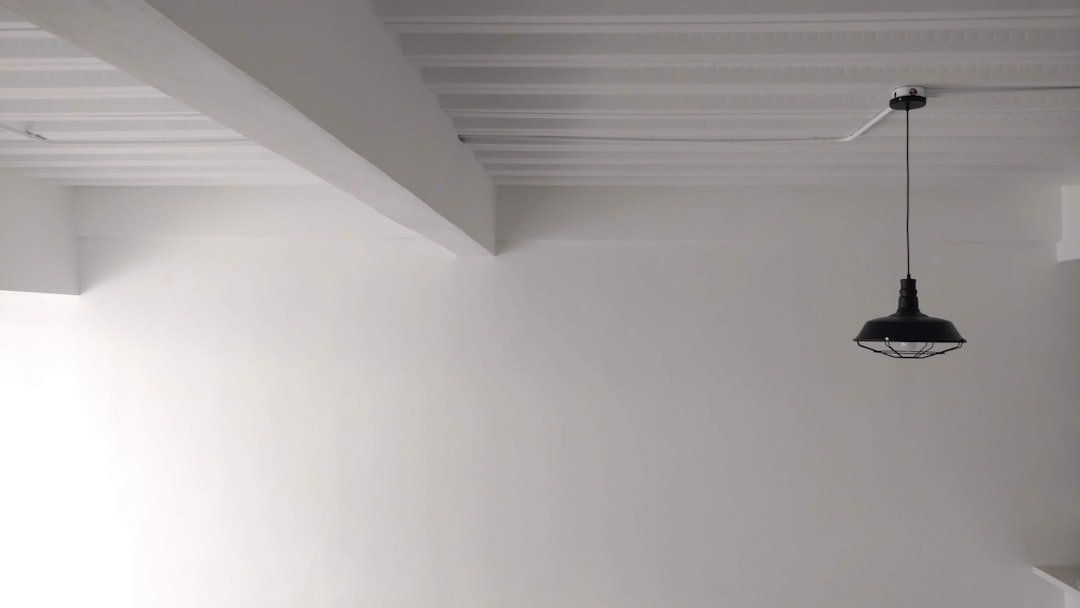Evaluating daily routines and identifying clutter is a vital step in Home Organization and Decluttering. This process involves understanding time management, item storage, and accumulations over time. By assessing each room and activity flow, you can pinpoint disorganized zones. Key actions include decluttering by letting go of unnecessary items and sorting them into keep, donate/sell, or discard piles. Regular sessions and evaluations are essential for maintaining a tidy living environment. This journey addresses deeper issues like item accumulation patterns to develop tailored strategies for long-term Home Organization and Decluttering.
Looking to transform your chaotic home into a serene, organized sanctuary? Simplifying daily routines through effective home organization is not just about aesthetics; it’s about reclaiming time and reducing stress. This article guides you through every step, from identifying time-wasting tasks and clutter hotspots to implementing simple storage solutions and digital tools for seamless task management. We’ll also delve into minimalism principles, regular maintenance schedules, and family-centric organization tips to keep your space decluttered long-term.
- Evaluating Your Current Routine and Clutter
- – Identifying time-wasting tasks and unnecessary clutter
- – Assessing the root causes of disorganization
Evaluating Your Current Routine and Clutter
Evaluating your current daily routine and clutter is a crucial step in simplifying home organization. It involves taking stock of how you spend your time, where things are stored, and what items accumulate over time. By understanding your habits and patterns, you can identify areas that contribute to disorganization and clutter. Start by examining each room in your house and assessing the flow of activity. Notice if there are specific zones that tend to be cluttered or overlooked.
Decluttering is an essential part of this process. It means letting go of items that no longer serve a purpose, bringing joy, or fit into your streamlined routine. Separate items into keep, donate/sell, and discard piles. This practice not only reduces clutter but also creates a mental space for adopting better organizational habits. Remember, home organization is an ongoing journey; regular evaluations and decluttering sessions will help maintain a tidy and peaceful living environment.
– Identifying time-wasting tasks and unnecessary clutter
In the pursuit of a more organized home, the first step is to identify tasks that consume time without adding value, often disguised as necessities. These could range from constantly searching for lost items to maintaining piles of clutter that serve no purpose. Home organization and decluttering begin with recognizing these time-wasting activities and unnecessary accumulations. By analyzing daily routines, one can uncover areas where streamlining and minimalism can significantly improve efficiency and reduce stress.
Simplifying involves questioning the need for each item in your living space. Are there habits or practices that contribute to a mess? Identifying these patterns allows for strategic changes, such as implementing designated zones for common items, adopting storage solutions, and establishing consistent routines to maintain order. With focused effort, transforming chaotic spaces into serene environments is achievable, leading to a home that truly supports and enhances your daily life.
– Assessing the root causes of disorganization
Disorganization in our homes often stems from deeper issues that we may not immediately recognize. Before diving into a cleaning or organizing frenzy, it’s crucial to assess the root causes behind the clutter. This might involve reflecting on personal habits, such as a tendency to accumulate items or difficulty making decisions about what to keep and what to let go of. Understanding these patterns is key to developing effective strategies for long-term home organization and decluttering.
By identifying the underlying reasons, we can tailor our organizing methods accordingly. For instance, if impulse buying is a culprit, establishing better purchasing habits and implementing a waiting period before acquiring new items might help. Alternatively, if time constraints are an issue, finding creative solutions to streamline daily tasks and allocate dedicated time for maintaining order could be more practical.
By evaluating your current routine and identifying areas of clutter and inefficiency, you can begin to simplify and organize your daily life. Through conscious effort and consistent practice, home organization and decluttering become manageable tasks that lead to a calmer, more productive environment. Embrace the journey towards a streamlined lifestyle where every item has its place, making your home a sanctuary of tranquility and peace.
